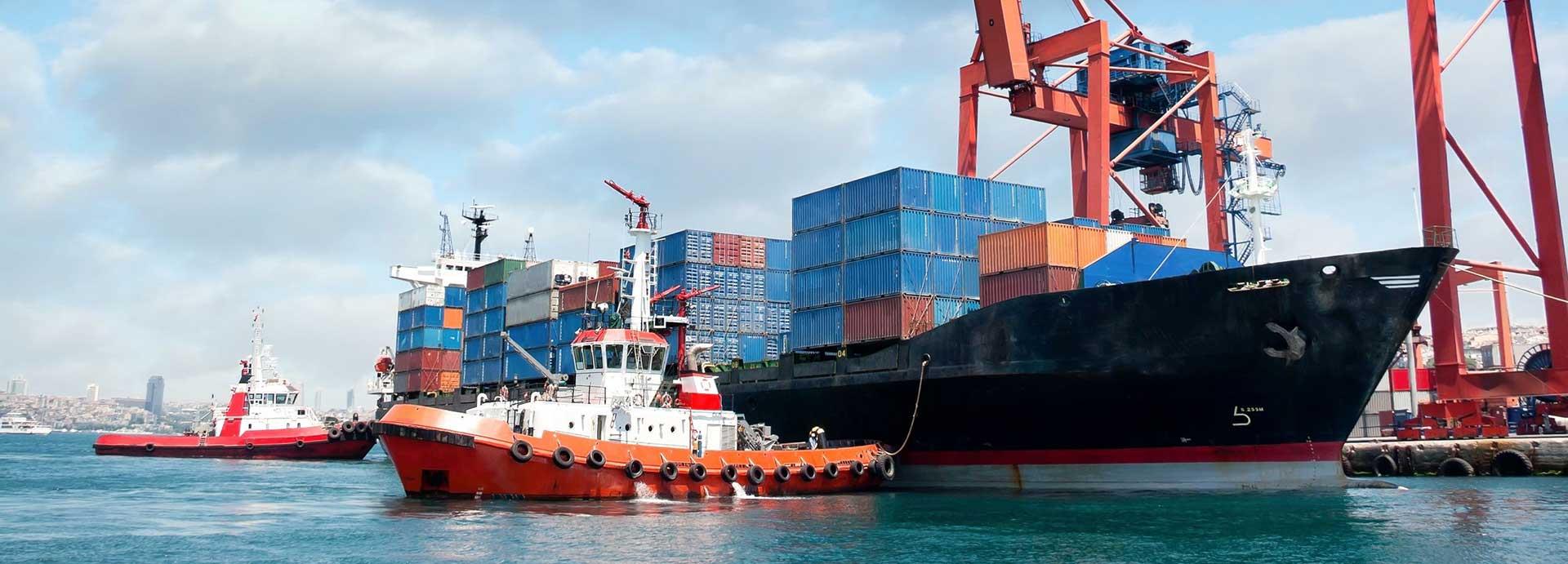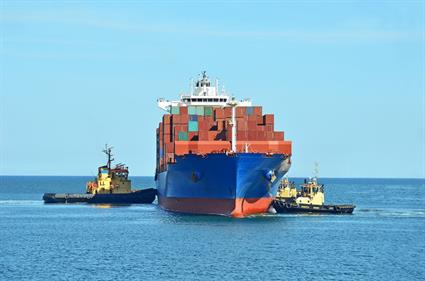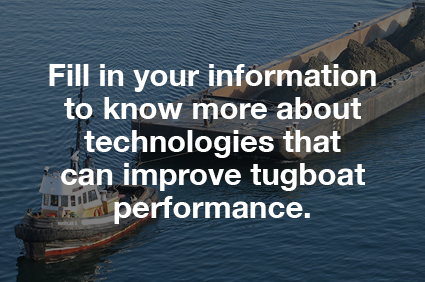

Exciting times for the tugboat industry are here! Technological ideas and advances are unlocking new opportunities for economics and operations of the business that is just as aware about environment conservation as it is about safety and profitability. So here’s how the industry is striking this fine balance.
Tugboats are having their day in the sun. Today, there are more tugs operating worldwide than at any time in the past. Interestingly, Asia is emerging as the powerhouse for tug construction. Tugs made in Asia are being marketed in Europe, West Africa and Latin America, highlighting how high tug operators value Asian construction.
Meanwhile, increased trade volumes are poised to drive the revenue growth and benefit the industry operators. Reason? Consistent increase in water transportation industries in the past five years.
Demand for navigational services has been steady over the past half a decade and a rebound in the global economy has only helped it rise.
“Increase in trade flows, the need to manoeuvre even larger vessels in confined spaces, expansion of port and terminal activities and an increase of operating responsibilities all drive the current tug fleet expansion,” explains Edgar Snelders, General Manager Product Platform Thrusters, Wärtsilä.
The tugboat industry has done well to wake up to these opportunities. It is upgrading its offering to match expectations and changing demands. Last year, the industry ushered in several new, higher horsepower tugboats. A 2016 tugboat market report by Marcon International, Inc. states that there has been a definite shift in the second-hand tug market over the last few years with newer boats out of Southeast Asia and the Far East, being offered for sale.
Steve Dougal, Managing Director of Century Marine Services Limited – a UK based International Shipbroking company engaged in the sale, purchase and valuation of tugs, barges, offshore and all other specialist vessels, points out that
this is the best time to buy tugs.
“New building prices have fallen as the shipyards compete for work,” Dougal explains, adding that, a new build tug now costs less than the same vessel built 5 years ago. A blessing
in disguise!

Click the button below to know more about how tugboat operators can improve vessels.
The balancing act
And why not? After all, the market is exceptionally price conscious and the industry is fast dispensing cost effective and environmentally efficient options these days. Leaner crews, compact tugs, new cost effective forms of power such as hybrid, LNG and increased automation are becoming commonplace.
Needless to say, new technology plays a major factor in the fleet replacement exercises, especially with regard to lower crew and fuel costs. The Wärtsilä Steerable Thruster (WST), for instance, has been developed to fulfil the latest operating demands for tugs, river-and sea-going and various offshore support vessels. Designed and validated following a rigorous engineering process, the thruster family from Wärtsilä is marked by high overall efficiency, manoeuvring capability, reliability, and advanced system integration.
“The newly developed Wärtsilä steerable thruster series is versatile, has outstanding hydrodynamic performance and can be tailored to comply with specific vessel requirements,” points out Snelders adding that these are the features that allow a tug and its crew to deliver the highest performance in assisting, towing or repositioning a vessel.
The use of greener harbour tugs is also becoming more important to both contractors and authorities. Thanks to new emission rules, the expansion of Emission Control Areas (ECAs), stricter local regulations, public opinion and the need for sustainability is more pronounced now than ever. The industry has taken the stringent environment and safety regulations in its stride and complied seamlessly.

The live wire
But Dougal stresses on the fact that while the industry has stabilised, there are certain time-inflicted evils that are familiar pressure points. Simply put, when there is a boom, global shipping demand spikes and the industry experiences growth. This creates a ripple effect and there is surge in demand for tug boats resulting in more traction in tug boat sales. However, like any commodity market, price and service influences the sales.
For starters, some existing operators with high cost tugs (built 2005-2012) are facing greater competition from operators with new tugs costing less than older tugs. Steve adds that “the downward pressure on harbour towage rates by linear companies is a pain point.”
Apart from this, there are other factors such as heightened volatility in the world price of oil that affects the operators.
But the industry is learning to adapt to change.
“New propulsion solutions for tugs help operators address the challenges they face. For instance, the Wärtsilä HY equipment combines emission free propulsion when in ‘green mode’ with the availability of maximum power when in ship assist operation,” Snelders weighs in.
Companies, like Wärtsilä, are betting on cutting-edge technology and innovation to help them steer forward. Additionally, they are creating robust maintenance strategies that will give their offerings the desired boost to stay ahead of the curve. Only time will tell what the future holds in store for these tiny yet mighty tugboats!

